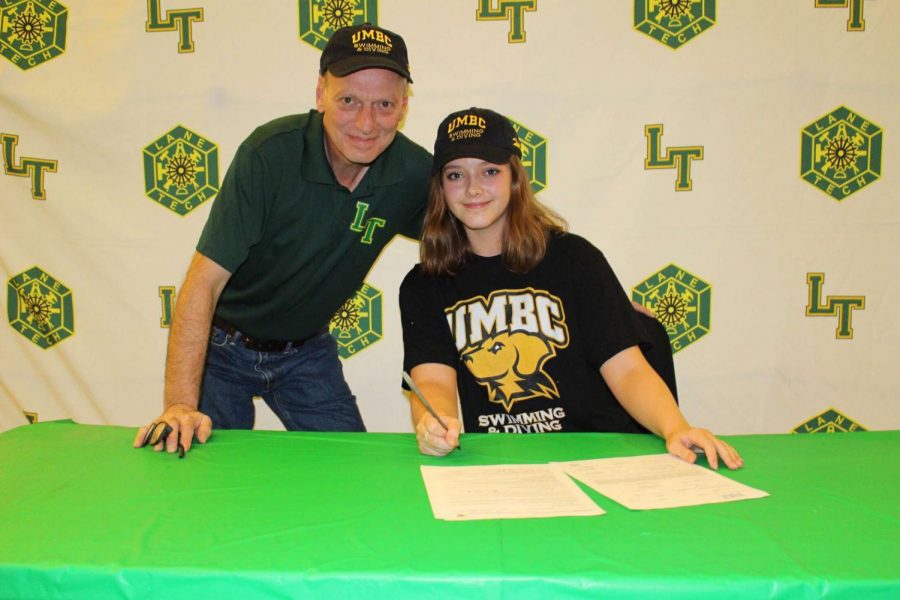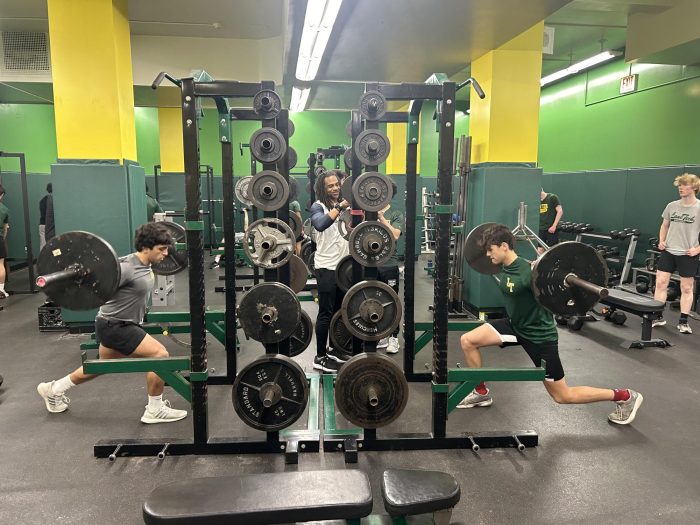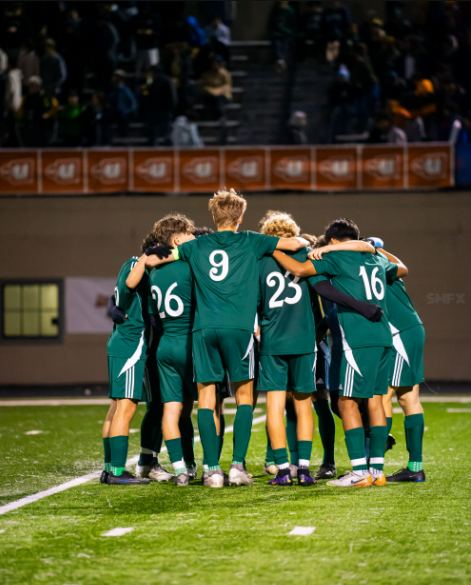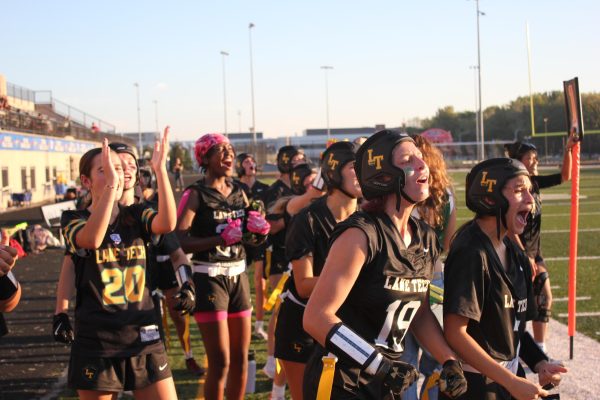So you want to be a college athlete?
Taylor Holderfield signs letter of intent to University of Maryland, Baltimore County for NCAA Division I swimming. (Photo courtesy of Media Crew)
Imagine all those nights of coming home late from practice, exhausted and hungry, finally paying off the moment that you sign a letter of intent to your dream school. However, there is a series of steps that will gradually lead an athlete to this very moment.
The athletic recruitment process starts with the athlete. According to Nate Segura, Div. 963, the most effective way to get noticed by coaches is by contacting them with videos of the athlete in action, as well as using social media for exposure.
“This generation is all about social media and the internet, and everything is interconnected,” Segura said. “I would make sure my film was updated. I’d actually go on Twitter and follow coaches, email coaches and then, most importantly, I’d sign up for camps, combines and made sure all my stats are up there and updated.”
However, there are restrictions as to when to contact coaches, as well as the type of contact that can occur within the time restriction.
The National Collegiate Athletic Association (NCAA) has established multiple rules, specific to each gender and division of each sport, in order to regulate contact between coaches and athletes, including on-campus visits.
According to the NCAA website, athletes are restricted from contact during athletic camps and clinics until after Sept. 1 of the athlete’s junior year of high school for Division I prospective athletes. This includes official visits to the school’s campus.
The rules differ for Division II and III athletes, seeming “slightly more relaxed,” according to the NCAA website.
Coaches of Division II and III schools are permitted to contact athletes via telephone calls, unofficial and official visits, printed materials, etc., during the summer prior to the athlete’s junior year, earlier than that of Division I prospective athletes. Specific dates of talking periods are listed on the NCAA website.
With such specificity in dates and periods, Segura divided the periods into seasons to help him remember when he can talk to coaches.
“I couldn’t keep direct track with it because the dates get very specific and once school starts, to be honest, I really lose track of those periods, so I just remember it with the seasons,” Segura said. “So, I remember it with summer, winter, spring.”
Most colleges host ID camps, in which athletes go to the campus and the coaches evaluate their skills. Division III volleyball commit, Maggie Mendoza, Div. 960, recommends going to ID camps not only for direct exposure to coaches, but also to experience life on campus.
“I recommend going to ID camps because you can talk directly to the coaches,” Mendoza said. “And you get a feel for campus life, even if it’s just walking around campus and looking at surrounding restaurants, stores, their workout facilities. That exposure is really important when making a decision.”
Once it has been made apparent that there is mutual interest between the school and the athlete, the coaches will invite the athlete on overnight visits of the campus where the prospective college athlete will stay in a current team member’s dorm and explore the campus at their leisure.
“There’s a little itinerary, like some basic stuff that you go to, like you shadow a class,” Segura said. “After that, it’s really up to you. If you want to go to the cafeteria, you go to the cafeteria. If you want to go to their dorm room, you can do that.”
From there, it is in the hands of the athlete to weigh out their options, taking the visits as well as their financial situation into consideration, and finally make the decision that will affect the next four years of their lives.
Segura, who has committed to Division II football at Concordia University, encourages prospective college athletes to continue to work hard.
“Don’t worry about anything else, keep working hard, and just be thankful for any offer you get, whether that be Division I, II, III, JUCO or NAIA,” he said. “Because at the end the day, it only takes one offer to justify that you’re in the upper echelon of athletes.”
Your donations directly fund the Lane Tech student journalism program—covering essential costs like website hosting and technology not supported by our school or district. Your generosity empowers our student reporters to investigate, write, and publish impactful stories that matter to our school community.
This website is more than a publishing platform—it's an archive, a research tool, and a source of truth. Every dollar helps us preserve and grow this resource so future students can learn from and build on the work being done today.
Thank you for supporting the next generation of journalists at Lane Tech College Prep!
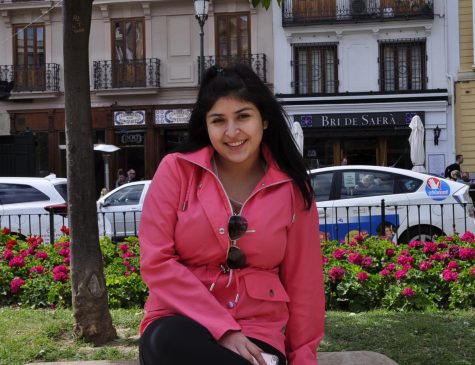
Iris España currently resides in Chicago, as a senior attending Lane Tech. She spends her time lifeguarding at Foster beach, and dancing for her Ecuadorian...

